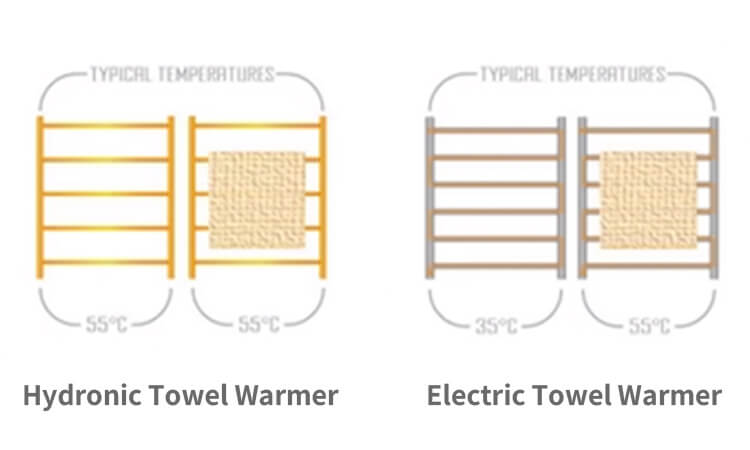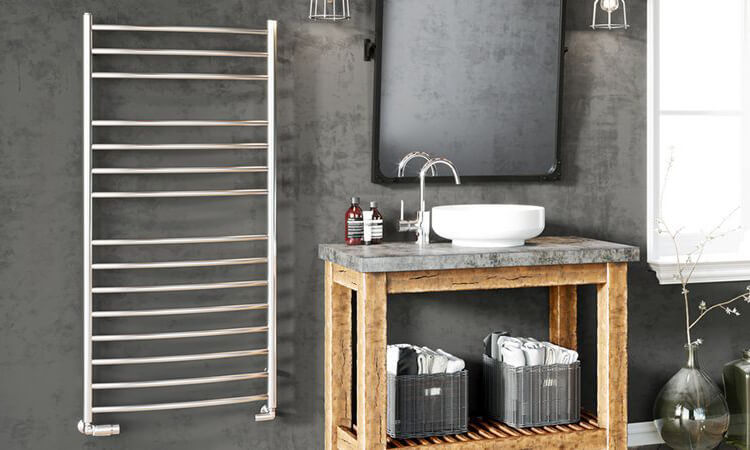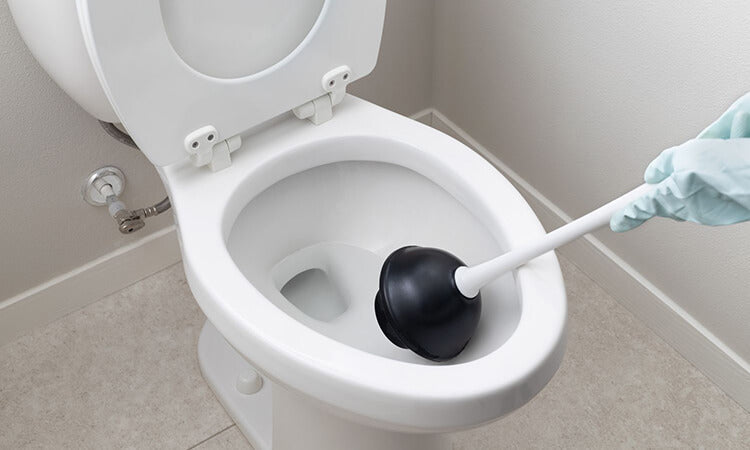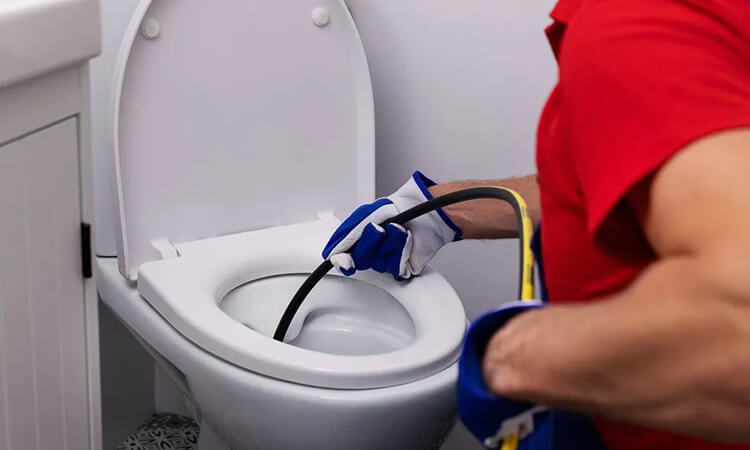There’s nothing better than wrapping yourself in a warm, dry towel after a shower. But when your towels stay damp, that cozy moment can turn sour fast — they feel clammy, start to smell musty, and might even show signs of mold around the edges.
The problem isn’t just about comfort. Damp towels create the perfect environment for bacteria and dust mites to thrive, which can lead to skin irritation or allergies — especially for kids, older adults, or anyone with sensitive skin.
In this guide, we’ll walk you through everything you need to know about how to dry towels properly — from why they stay wet in the first place, to the best air-drying methods, to quick-dry hacks that keep your towels soft, fresh, and hygienic every day.
Why Do Towels Take So Long to Dry?
Even when you hang them up right after a shower, they can stay damp for hours — usually because of your bathroom’s environment or daily habits.
Here are the three most common reasons your towels refuse to dry:
1. Poor Ventilation — Moisture Has Nowhere to Go
This is the number-one culprit. Many bathrooms don’t have windows, or if they do, they’re rarely opened. When steam from hot showers builds up, it traps humidity and turns the bathroom into a mini sauna. In that kind of air, moisture can’t escape — so your towel just sits there, staying wet.
Even if your bathroom has an exhaust fan, it won’t help much if you don’t turn it on after showering. Without steady airflow, humidity lingers and your towels never get a chance to fully dry.
2. Thick, Heavy Materials — Water Evaporates Slowly
Not all towels are created equal when it comes to drying time. Thick, plush cotton towels feel luxurious, but their dense fibers trap water deep inside, making evaporation painfully slow.
On the other hand, microfiber or cotton-blend towels absorb a bit less water but dry significantly faster thanks to their looser weave. If you love thick towels, be sure to hang them properly and spread them out — otherwise, they may still feel damp even after a full day.
3. Folding or Piling Towels After Use — Moisture Gets Trapped
Another common mistake? Folding or stacking towels before they’ve had a chance to dry. When you fold a damp towel, you lock in moisture, and when you hang several towels close together on the same rack, there’s barely any airflow between them.
Even in a well-ventilated bathroom, that lack of circulation means your towels stay damp and start to develop that unmistakable musty smell over time.

How to Naturally Air-Dry Towels
Step 1: Wring Out Excess Water First
After you shower, don’t just hang your towel up dripping wet. Grab both ends and twist firmly along the direction of the fibers to squeeze out as much moisture as possible.
For large bath towels, roll them into a cylinder first, then press or twist from one end to the other. Removing that extra water makes a big difference — the less moisture in the fabric, the faster it’ll dry later.
Step 2: Spread It Out and Flatten It
Unfold your towel completely before hanging. Smooth out any wrinkles or folds so air can reach every part of the fabric. The best way to hang it is horizontally over a rod, allowing both sides to breathe.
If you’re drying smaller towels, hang them by one corner to improve airflow — and whatever you do, avoid letting any parts stick together. The goal is simple: no hidden damp spots.

Step 3: Choose the Right Drying Spot
Location matters. Always hang your towels in a well-ventilated, well-lit area. If your bathroom has a window, place them near it so sunlight and fresh air can do their job — UV rays naturally help kill bacteria, too.
No window? No problem. Hang your towel close to the exhaust fan and let it run for a while after showering to keep humidity down.
Avoid hanging towels under the showerhead (they’ll just get wet again), in dark corners (poor airflow), or under the sink (splash zone). In small bathrooms, try hanging towels just outside the door — hallway air tends to be much drier.
Step 4: Hang Towels Separately — No Overlapping
When drying multiple towels, make sure they don’t overlap. Leave at least an inch or two of space between each one so air can circulate freely.
If space is tight, use a multi-layer drying rack or one with rotating arms so each towel gets its own spot. For families, you can even assign a different rack level to each person — no overlap, no damp buildup, and definitely no mildew smell.
3 Quick Ways to Dry Towels Faster
When it’s rainy, humid, or you just need a clean towel in a hurry, waiting for it to air-dry can feel endless. Luckily, there are a few quick and effective ways to dry towels fast — without damaging the fabric or creating that stiff, scratchy texture.
Method 1: Use a Dryer — 30 Minutes to Soft, Fluffy Towels
If you need results fast, the dryer is your best friend — especially for thick cotton towels.
Just keep these two key tips in mind:
- Heat Setting: Use low to medium heat (104–140°F / 40–60°C). High heat can damage fibers, leading to stiffness or shrinkage over time.
- Dryer Balls: Add wool dryer balls. They help separate towels, boost air circulation, and cut drying time — plus, they leave your towels extra soft and fluffy.
For one or two towels, you’ll usually need just 20–30 minutes. Be sure to remove them promptly once dry to prevent musty odors from forming.
Method 2: Try a Heated Towel Rack — Dry and Sanitize at the Same Time
A heated towel rack is a game-changer for anyone living in damp climates or apartments with poor ventilation. These racks (electric or hydronic) not only dry your towels but also gently kill bacteria thanks to consistent warmth — typically between 104–140°F (40–60°C).
How to use:
- Hang your towel fully open so it touches the rack surface evenly.
- For electric racks, set a timer for about 2–3 hours — overnight works great.
- Hydronic racks connect to your home’s hot-water system, which saves on energy.
This “dry while you hang” method keeps your towels warm, dry, and hygienic — perfect for bathrooms without windows or in rainy seasons.

Method 3: Use a Fan or Space Heater — A Simple, Low-Cost Fix
No dryer or towel rack? A regular fan or small space heater can do the trick.
- With a Fan: Hang your towel on a hanger and position it about 1–2 feet in front of the fan. Keep the door or window open so moisture can escape. Within roughly an hour, your towel should be almost completely dry.
- With a Heater: Set it up safely away from any water sources and use a gentle, low-heat airflow. Avoid placing the towel too close — it can overheat or pose a fire risk.
This method is simple, affordable, and surprisingly effective when you need a quick-dry solution — just note that it does use a bit more electricity.
Ending
Drying towels might seem like a small task, but it actually says a lot about how much care you put into your everyday life. Properly dried towels stay soft, fluffy, and odor-free — and help keep your family’s skin healthy and irritation-free.
Quick recap:
- For Everyday Drying: Follow the four-step natural method — wring out → spread flat → choose a ventilated spot → hang separately.
- For Fast Drying: Use a dryer, heated towel rack, or fan, depending on your situation.
- For Long-Term Care: Pick your towel materials wisely — microfiber for quick-drying, cotton for softness — and wash regularly.
Master these simple habits, and you’ll never have to deal with damp, musty towels again. Your bathroom and your skin will thank you!
FAQ (Frequently Asked Questions)
Q1: Why does my towel feel stiff after drying?
A: Towels can get stiff for a few common reasons:
- Towel Material: Pure cotton tends to stiffen more than blends.
- Detergents: Strong alkaline soaps or heavy-duty powders can leave residue that hardens fibers.
- Heat or Sunlight: Too much high heat from a dryer or prolonged sun exposure can damage fibers.
Fix it: Use a mild, pH-neutral detergent, avoid overexposure to direct sunlight, and occasionally soak towels in a vinegar solution (1 liter of water + 50 ml white vinegar for 10 minutes) before rinsing.
Q2: Which towel material dries the fastest?
A: From fastest to slowest:
Microfiber > Bamboo fiber > Cotton-polyester blend > Pure cotton
Microfiber towels have ultra-fine, airy fibers (about 1/20th the diameter of human hair), so they dry quickly — perfect for travel, workouts, or swimming. Bamboo and cotton towels take longer but offer a softer, more luxurious feel for everyday home use.
Q3: How often should I wash and dry my towels?
A: For everyday use, wash towels 1–2 times per week and always make sure they dry completely after each use.
If you use towels daily — especially in hot summer months — consider washing every two days. Fully drying towels each time prevents bacterial growth and keeps them smelling fresh.
Q4: Which is better — air drying or using a dryer?
A: Both have their perks:
- Air Drying: Eco-friendly, free, and gentle on fibers; best for sunny, well-ventilated conditions.
- Dryer: Fast and convenient for rainy or humid weather — just use low heat to protect fabric.
A good routine? Air-dry daily if possible, and use a dryer only when needed for speed or during damp seasons.
Q5: Are quick-dry towels worth it?
A: Yes, depending on how you use them.
Quick-dry towels — usually microfiber — are lightweight, fast-drying, and ideal for sports, travel, or swimming. Keep in mind, though, they’re slightly less absorbent than cotton, and cheaper options may shed fibers. For daily home use, cotton or bamboo towels still offer the most comfort.
Q6: Can I wash towels with clothes or bedding?
A: It’s not recommended.
Towels collect skin bacteria, while clothes may carry dust or oils, and bedding may contain dead skin or mites. Washing them together risks cross-contamination. Stick to washing towels separately — or only with other towels — using warm water and mild detergent, and always dry thoroughly before reuse.







